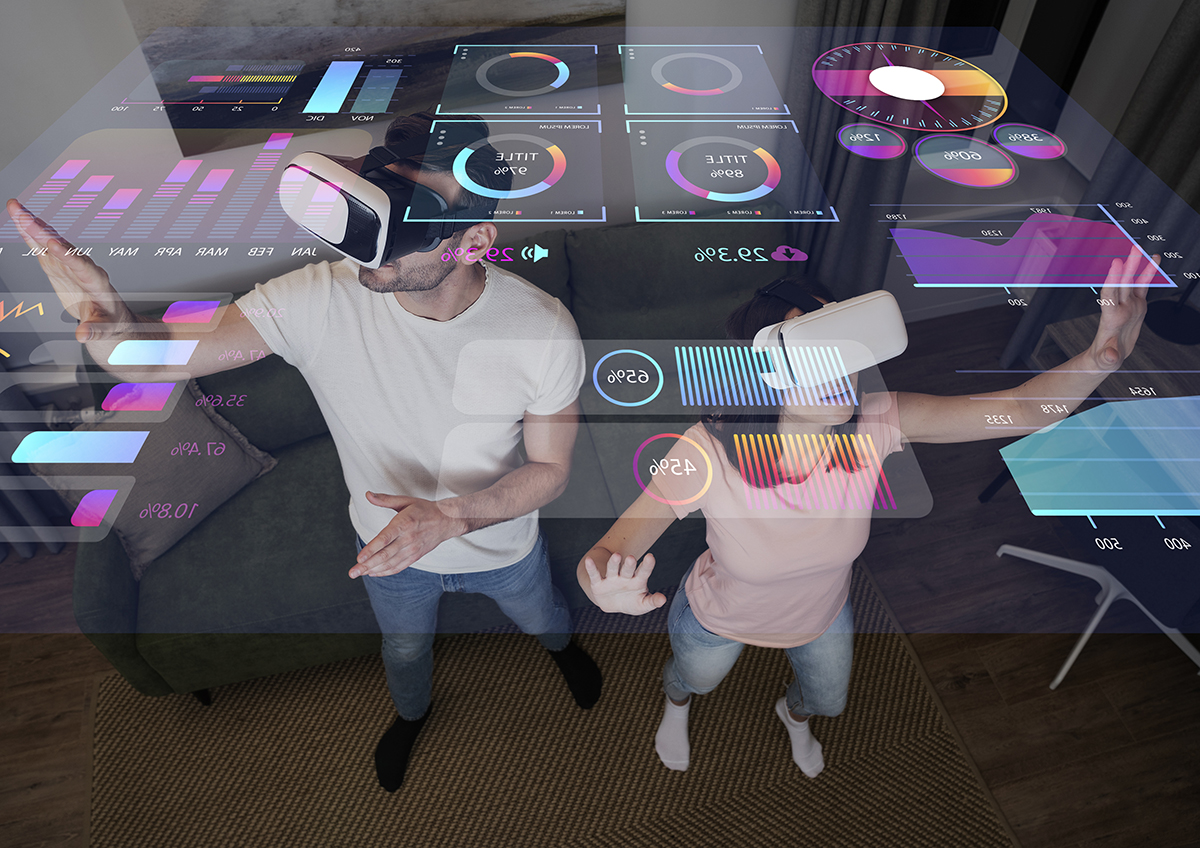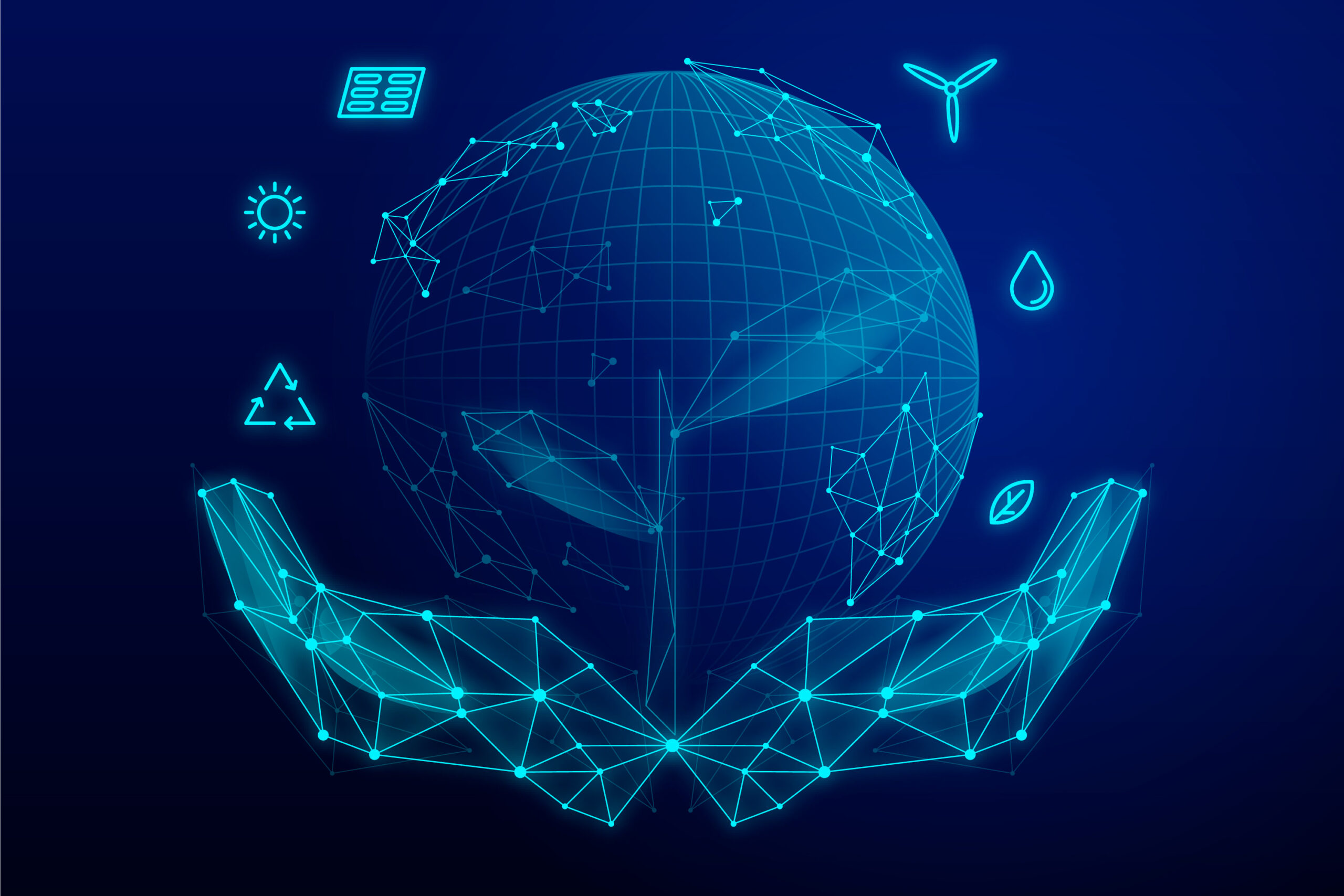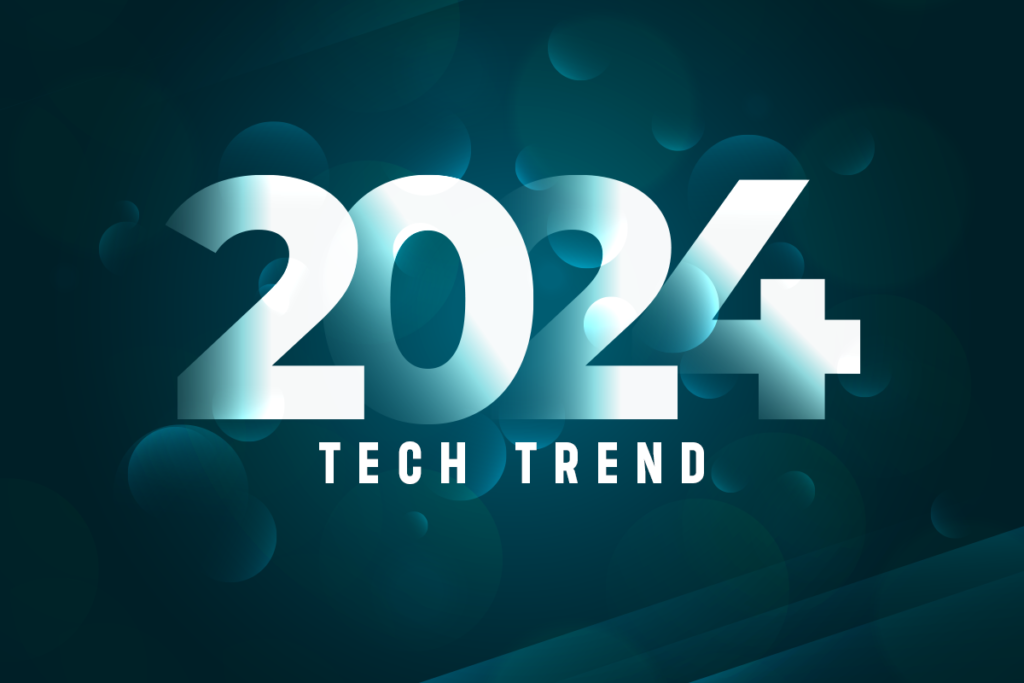Tech Trends In 2024 Everyone Must Be Ready For
It’s that time of year again, when we speculate about what technology may hold in store for us in 2024. Digital transformation is a continuous process that will continue to impact our world in a variety of new ways thanks to the ground-breaking developments that have made 2023 one of the most exciting years for innovation.

Our lives will be profoundly impacted by machine intelligence, the continual development of the internet, and the blurring of real-world and virtual borders. The quest for strategies to expand and thrive while reducing the harm we do to the environment—and maybe even undoing some of the harm that has already been done—will, however, perhaps be the most crucial of all.
Here is my summary of these revolutionary developments, together with my forecasts on their respective effects on humankind, society, and the environment.
Generative AI – Everyday Automation

The year when generative AI really took off was 2023. The year 2024 will see the realization of its true potential and usefulness by the global community. If you’re not a tech geek these days, the mere mention of artificial intelligence (AI) may make you shudder. If it doesn’t make you fear that it will take over the globe and wipe out humanity, then you may be anxiously waiting for it to take your job and eliminate you.
However, people will become aware of generative AI’s potential as it becomes increasingly integrated into the daily programs we use, such as search engines, office suites, design programs, and communication tools. When used correctly, it can help us become more productive, effective, and quick like having a super-smart personal assistant by our side all the time.
Most significantly, humans will have more time to use our genuinely human abilities when we delegate to AIs the mundane brainwork that goes into getting information, scheduling, maintaining compliance, gathering ideas, and structuring projects. Instead of programming robots, we will spend more time being creative, investigating novel concepts and innovative thinking, or interacting with people. The secret is out, and although there are still unresolved ethical and regulatory issues, I think 2024 will be the year that people begin to realize how profoundly disruptive generative AI may be to our way of life.
Phygital Convergence

There is a growing convergence between the digital and the real. The boundaries between the actual world and the digital realms in which we are increasingly immersing ourselves are being dismantled by technologies such as augmented reality (AR), virtual reality (VR), and the immersive internet. We inhabit virtual surroundings as digital avatars more than ever. This is true both for play—where e-sports and online gaming are more popular than ever—and for business, where we connect virtually using tools like Zoom, Teams, and Slack. We organize and filter moments from our “real” lives using social media applications like Instagram and TikTok to create virtual places where we share them. These digital characters we construct become our online personas.
This idea is beginning to appear in a variety of sectors as the “digital twin,” which is a virtual copy of an actual system, process, or product. This might be as straightforward as a single part or as intricate as a whole city or ecosystem. Crucially, the digital twin is constructed using information obtained from its physical counterpart. Thanks to developments in genomics, we can now deconstruct the basic building blocks of life into digital code that can be altered and recreated in the actual world to create novel medications and end illnesses.
We will continue to observe less and less difference between the virtual and actual worlds in 2024. This indicates that although the digital is getting more realistic, the actual world is also getting more adaptable and flexible.
Sustainable Technology

As nations and businesses continue to strive toward fulfilling their net-zero pledges, sustainable technology will continue to take center stage in 2024. Simultaneously, people will use technology more and more to reduce their particular environmental effect.
More ecologically friendly ways of doing things we currently do, including electric automobiles, bicycles, and public transportation, which will continue to gain market share in 2024, are examples of sustainable technology. It also covers green and renewable energy technology, as well as innovative approaches to environmental issues like carbon capture and storage. As long as products are designed with durability, recyclability, and reuse in mind, the circular economy will gain significant traction. And the IT industry will continue to embrace concepts like sustainable applications, which are software tools that make life easier for us environmentally, and green cloud computing, where infrastructure and services emphasize lowering energy usage and carbon emissions.
The need to create ethical and sustainable methods for sourcing and extracting materials required for manufacturing devices, the infrastructure demands created by changing consumer habits, such as the adoption of electric vehicles, and potential disparities between different geographic or socioeconomic groups in their ability to access green alternatives are some of the challenges that developers and users of sustainable technology will need to overcome by 2024. Additionally, we’ll be on the lookout for greenwashing, which is the term for flimsy initiatives designed just to create goodwill toward a specific technology.
Cyber Resilience

According to research, one in two organizations have fallen victim to a successful cyberattack in the last three years, and by the end of 2024, the industry’s cost of these assaults is predicted to have risen to over $10 trillion. Technology solutions that strengthen defenses and give us a fighting chance are critical to the survival of any company in the face of this rapidly expanding danger.
Cyber resilience, however, include actions that may be done to recover and maintain continuity in the event that defenses are compromised or due to uncontrollable situations. This makes it different from cyber security. This might entail putting in place remote working policies to make sure companies can continue operating even in the event that employees are unable to reach central locations. This is an example of a technological advancement that isn’t usually associated with cyber security.
On the other hand, cyber resilience include measures that may be taken to restore and continue operations in the event that defenses are breached or because of uncontrolled circumstances. It differs from cyber security because of this. To ensure that businesses can carry on even in the case that employees are unable to get to central areas, this may need establishing regulations for remote working. An example of a technology development that isn’t often connected to cyber security is this.
As cyber dangers get more complex, there is a growing rivalry to develop innovative solutions that make use of cutting-edge technology like artificial intelligence. This guarantees that throughout 2024, cyber resilience will continue to gain prominence in both commercial and consumer technologies.
Quantum Computing

For some time now, there has been a lot of talk about quantum computing, and I think 2024 will be the year when this starts to translate into real advantages. Through the use of exotic features of quantum physics like quantum entanglement and superposition, quantum computers are able to perform enormous quantities of tasks at once. This allows them to function with quantum bits (qubits), which are different from standard computer bits in that they may exist in more than one state at once.
Banks and other financial services companies are among the early adopters of quantum technology, hoping to improve the capabilities of AI systems created recently for high-frequency trading, fraud detection, and risk management.
While not all computer tasks will be expedited by quantum computing by 2024, I believe there will be benefits as the technology is applied to a number of compute-intensive fields, such as drug discovery, genome sequencing, cryptography, weather forecasting, material science, and even the search for extraterrestrial life.
All of these areas have a great deal of promise to help us solve problems that affect our world and ourselves, and I’m eager to see what innovations in these sectors may soon be made possible by quantum computing.
Source: https://youtu.be/7hyVqOvGbAE




